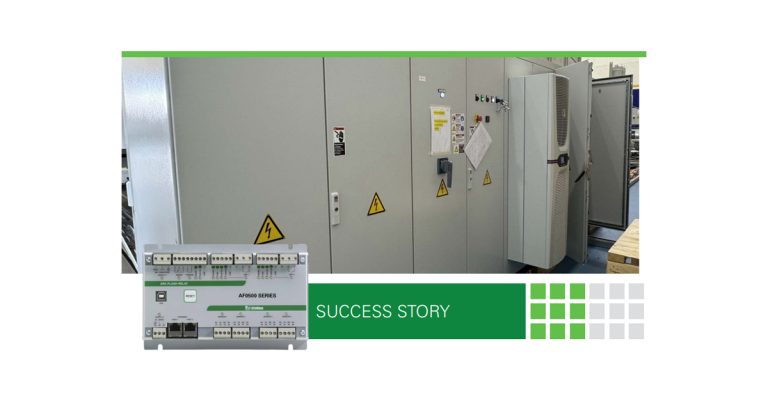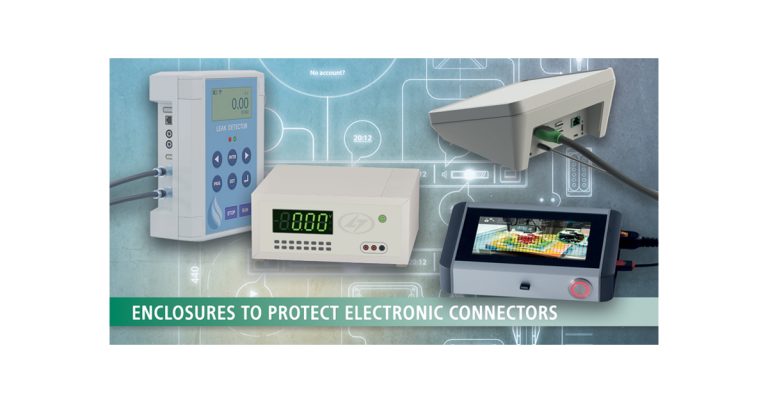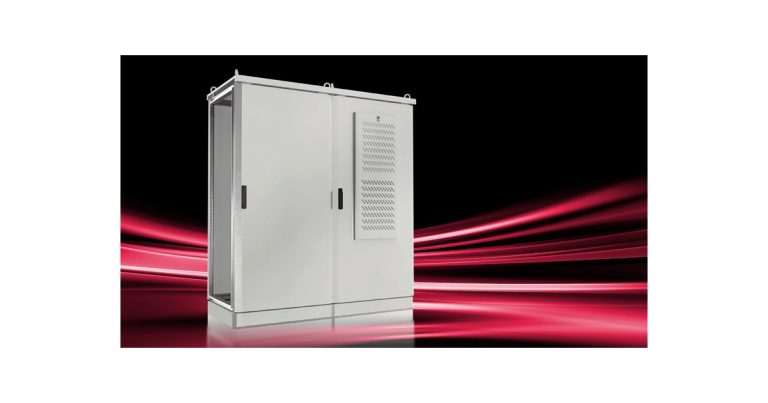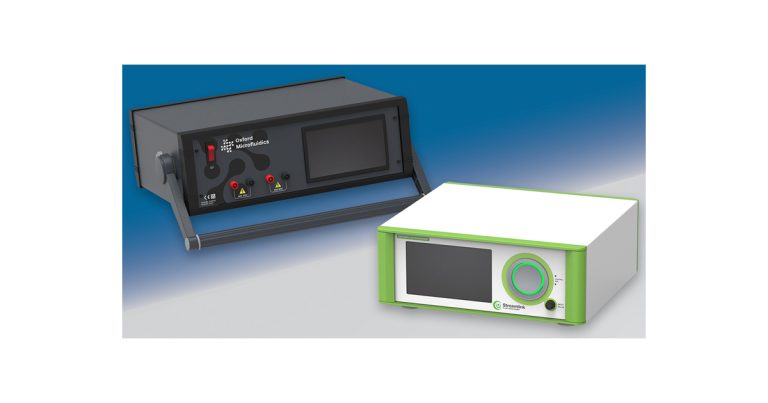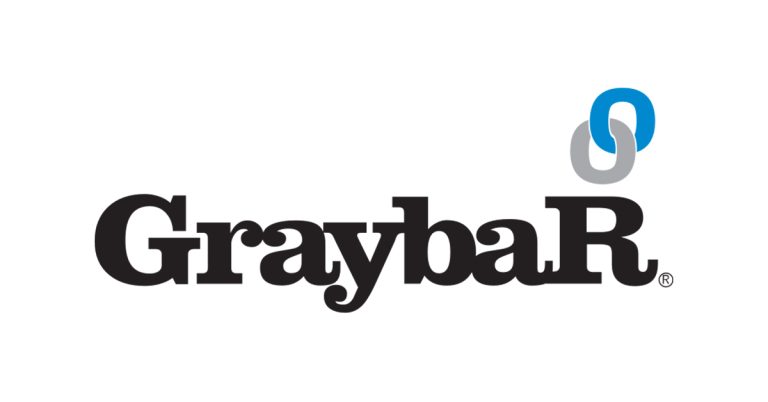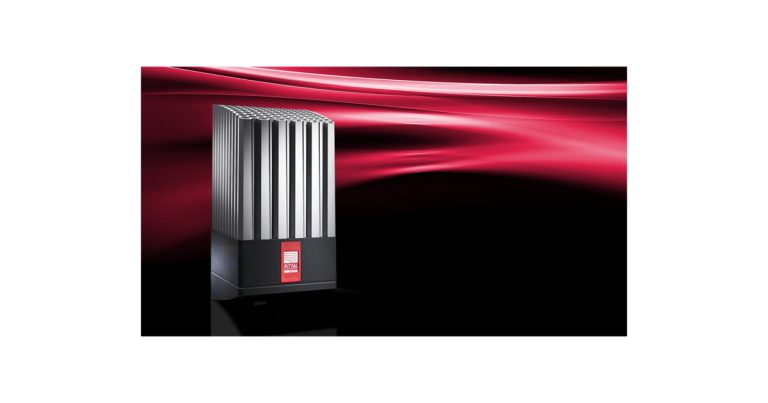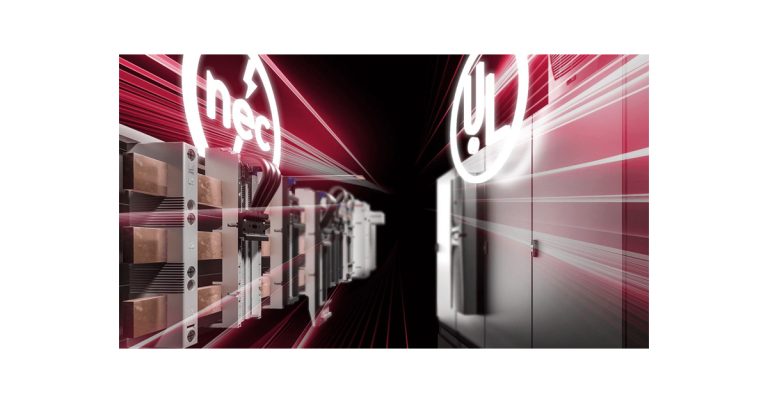Virginia Native Randy Sadler Comes Full Circle To Lead Weidmuller USA Into the Future
Every morning, Randy Sadler spends an hour walking the halls and talking to employees at Weidmuller USA. Don’t try to schedule a meeting with him then; this sacred time is blocked on his calendar. He’s getting to know the people and company once again from the inside – a building block for nurturing collaboration and innovation across departments that are critical in the company’s new expansion campaign.


